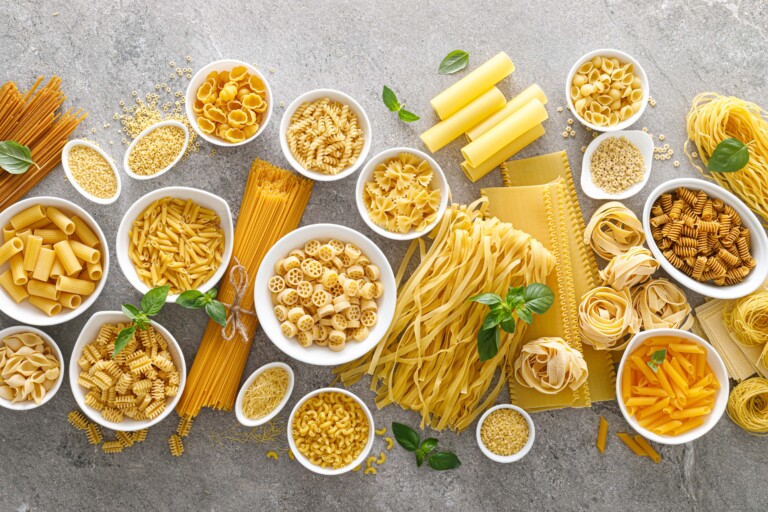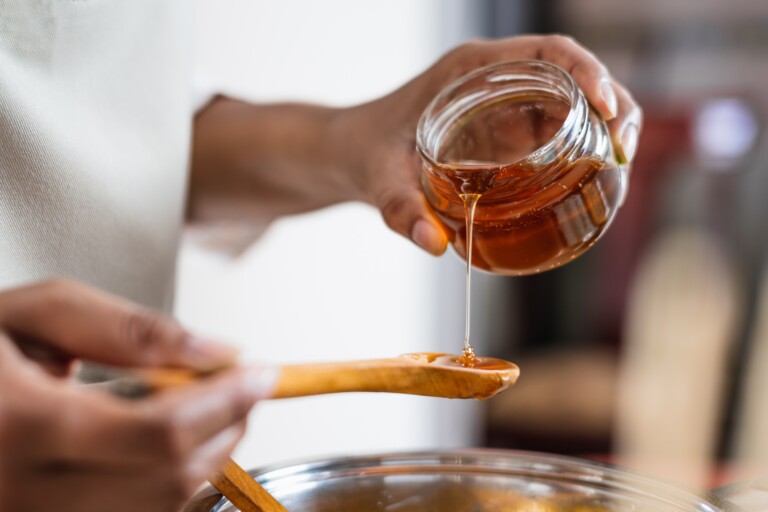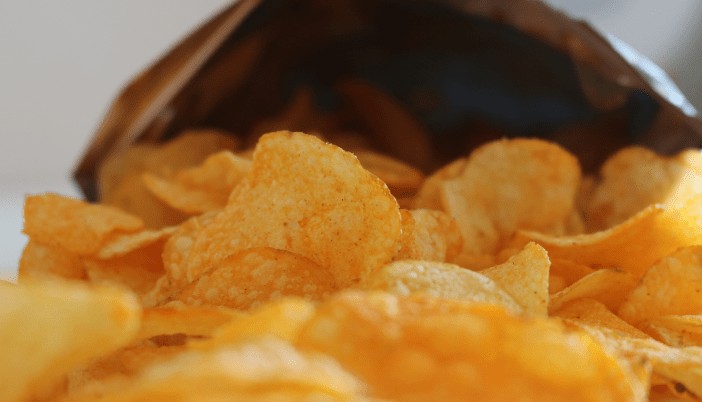Eel Sauce: The Ultimate Flavor Boost For Any Vegan Dish
What is eel sauce?
Eel sauce is the sweet, tangy, salty sauce from Japanese cuisine that is packed with umami flavour, which you’ve probably had if you’ve eaten at a Japanese restaurant. It can be quick think and sticky or thin and more viscose but either way, the flavour packs a moreish punch and will have you reaching for it time and again.
This versatile little sauce has loads of uses and is perfect for use in a range of vegan dishes. If you’ve tried it, you know what I mean – it’ll have you licking the plate.
As an Amazon Associate, I earn from qualifying purchases. The links below may be affiliate links. Please read my disclosure policy for more information.
What is eel sauce made of?
I think we need to clear this up before we get started: There is no eel in eel sauce. So it is perfectly fine for a vegan diet and you can use it to flavour a range of vegan dishes.
Traditionally, eel sauce was made to season a dish of Unagi, or grilled freshwater eel. (Yes, I did say Unagi and for all you Friends afficionados out there I can hear you all replying with ‘Salmon skin roll’).
So, that is how it got the name of eel sauce – because it goes well as a marinade for grilled eels. It is also based on a Japanese nitsume sauce, which was originally made using eel broth.
However, since the global explosion in the popularity of Japanese cuisine, eel sauce no longer contains any eel.
It is made from four simple ingredients which are readily available, meaning you can make your own at home so you always have a stock.
The ingredients you need are: sake (a Japanese alcoholic beverage made using fermented rice), Mirin (rice wine), Sugar and Soy Sauce.
Flavour wise, eel sauce is sweet and sticky as well as being tangy and salty. It has natural umami that will get your lips smacking but it doesn’t contain any MSG.
It is widely used to flavour sushi but it has so many uses in the vegan kitchen.
What vegan dishes can I use eel sauce with?
Eel sauce is great to use drizzled over your dishes, like a barbecue sauce. You can use it on grilled vegetables such as aubergines and asparagus, grilled mushrooms or grilled tofu.
You can make a vegan version of unagi (stop it) using sweet potato or tofu and use the eel sauce to flavour your dish.
You can use it on any vegan sushi dish or even on grilled rice balls (Yaki onigiri) to give it that sweet and tangy flavour.
Or, you can use it on noodles for a quick lunch or supper. You can use it in such a variety of ways that we recommend making up a batch to keep at home.
If not, there is a wide variety of eel sauces on the market which you can get from Asian supermarkets and you’ll also find it in western supermarkets. Kikkoman is the most popular brand that you are likely to find in your supermarket.
How do you make eel sauce?
Eel sauce is a reduction so it’s a case of throwing the ingredients in the pan and heating them gently so they reduce down until you have a nice smoky sticky sauce. You can then use it like a glaze.
If you like your sauce quite thick like you find in some Japanese restaurants, you just need to add a little bit of cornflour and adjust the thickness to your own taste. Be careful though, the sauce will thicken naturally as it cools.
If you choose to make it at home, you can also add your own ingredients to complement the flavour of the sauce and suit your tastebuds. You can add red pepper flakes, garlic, fresh ginger, sriracha sauce and other ingredients to make a sauce that is perfectly aligned to your tastes.
As it is made up of salt and sugar, it keeps well in the fridge ready for whenever you need to give your vegan cooking that sweet, tangy kick that it needs. It is even possible to freeze it so you can make a big batch up and freeze it for future use.
Is Kikkoman unagi sauce vegan?
Kikkoman unagi or eel sauce is a very popular brand of eel sauce that you can find widely in supermarkets. Naturally sweet and tangy, this popular sauce is fine as part of a vegan diet.
It is made using Kikkoman’s own naturally brewed soy sauce and it is the perfect complement to sushi and sashimi dishes.
Is eel sauce gluten free?
Eel sauce is made with soy sauce so it isn’t gluten free. Most brands of soy sauce use wheat as one of their primary ingredients.
However, tamari is a type of Japanese soy sauce that contains little or no wheat, so it’s classed as gluten free. If you are making your own eel sauce at home, source some tamari and use it to make your own, perfectly blended gluten free eel sauce.
There are also some vegan eel sauces beginning to come on the market to cater for people who are gluten intolerant or gluten sensitive. So, you can still enjoy that unique sweet tanginess, gluten free.
Is fish sauce vegan?
Traditionally, fish sauce, one of the staples of Japanese cooking, is made from fish or krill that is coated in salt and fermented for up to two years. This process gives it that rich, intense flavour that is used as a base for so many Asian dishes.
It can also be used as a marinade and a condiment so it’s no wonder that this versatile source is such a mainstay or Asian cuisine.
However, because of the way it is processed, it is not suitable for a vegan diet. Vegan fish sauce is made from seaweed instead of fermented fish and it is becoming more widely available.
So, you don’t have to miss out on that unique umami flavour in your Asian inspired dishes.
Is eel sauce the same as oyster sauce?
Oyster sauce, eel sauce and fish sauce are all fairly similar but they have completely different flavour signatures and are used in different ways. Oyster sauce, a bit like fish sauce, is made by reducing oyster extracts but it is more subtle in flavour.
It has a slight aroma of oysters although it is used in much the same way, for marinades, stir fries and dipping sauces.
Is there dairy in ponzu sauce?
Ponzu sauce is a sweet and tangy sauce that is thought to have been inspired by the Dutch settlers in Japan in the 17th century. It is made using rice wine, rice vinegar, bonito fish flakes and citrus (usually lemon).
It is one of the most popular sauces in Japan but it hasn’t achieved the global reach of soy sauce, just yet.
Ponzu sauce goes well with a variety of diches and it is particularly tasty when used as a salad dressing. It is much lighter and less salty that soy sauce, although a little soy sauce is often added to give it a hint of salt.
It’s flavour signature is light and refreshing with a citrus kick.
There is no dairy used in Ponzu sauce but it is made using dashi, a traditional Japanese stock made from fish bones so it isn’t suitable for a vegan diet.
However, you can easily make your own using soy sauce instead of dashi so you can still enjoy it’s light a fresh flavour as part of a vegan diet. There are also a few vegan Ponzu sauce brands becoming available so if you haven’t got the time to make your own you don’t have to miss out on this delicious sauce.
So get your sauce on
Tasty sauces are the foundation of all Asian cuisine, whether it is a marinade, a cooking sauce or a dipping sauce.
With the growth in the vegan market, as more and more people eat vegan, there are more sauces and recipes out there for you to enjoy the subtle, sweet and tangy contributions that these sauces make to dishes, without making any compromises.








